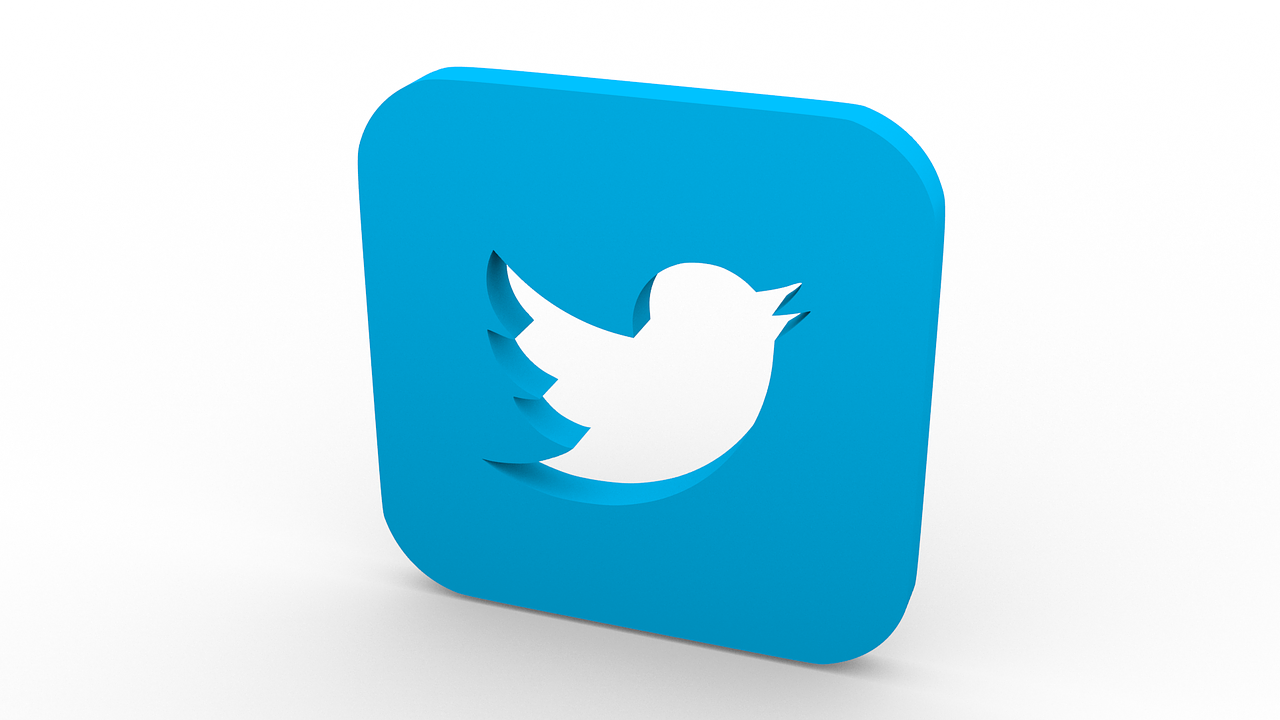One of the most frustrating parts of working in PR or media relations is getting the “too busy” response. You have a solid pitch or a compelling announcement, but the feedback from media is that they have too much going on to cover this story. While breaking news will often take precedence, skilled PR teams will do everything they can to nail that interview or story.
People who move up at PR agencies know the best tips and tricks for persuading media why a story is newsworthy. We know what makes the perfect pitch. Still, we avoid using words like “guarantee” or “definite” when predicting media coverage. In the end, it is up to the journalist or their editor if our news is worth their time.
What can PR pros do to convince reporters to cover their story when they claim they are too busy?
Show them how the story fits with their audience
Why is this newsworthy or timely? Put yourself in the shoes of the publication’s audience. Who is reading this potential article, would it be interesting to them? Give useful information for their readers will want to know. We want to keep and form relationships with key media. Help guide them on the possible story you’d like to explore. Grab their attention with that snappy subject line and prove to them in the pitch why you are a credible news source. We know everyone is busy in the news world but with the right attention grabber, you’ll never have to worry about someone being too busy for your story.
Have supporting assets
They say a picture is worth a thousand pitches. You don’t want to miss out on that opportunity if a journalist asks for additional assets like images or graphics. When preparing to pitch this story, think about what assets the media could use in addition to commentary. For larger announcements, create a Dropbox file with anything media could use in addition to the usual executive headshots, visuals, and company logos. Journalists are often juggling several stories, and sometimes great visuals can make the difference.
Be flexible
Are you pitching a timely story or trend that won’t be relevant in a few days or a founder story that can be discussed at any time? If it’s the latter, consider revamping the timeline for a quieter news cycle. Any good PR pro knows when not to pitch company profile pieces. If a journalist says no, tell them you understand and ask if you could check back in a few weeks to revisit the conversation. Work with them and keep them on your radar for a better time.
Shift gears as a last resort
If after all, your PR tricks for convincing journalists don’t work but you feel strongly that your company is a great resource, offer your spokesperson to talk about another topic within their area of expertise. Gauge the journalists’ attention by asking what else they’re working on and how you can incorporate your company into that article. As PR pros, we understand the value of the “thought capital” that executives and subject-matter experts offer. We should bank a full roster of topics that they can easily discuss with media with little prep time. Just because a journalist said no to the topic you originally pitched them does not mean no to future conversations. Try to convince them that you have new data coming out soon that you’d love for them to get a first glance at, when the time is right, or tease an exclusive story to them. Journalists love having the opportunity to break a story first and by dangling something in front of them, you may have them on the hook for your next story.
—
How do you work with media in covering your story during a busy newscycle? Let me know on Twitter @colleeno_pr!
















